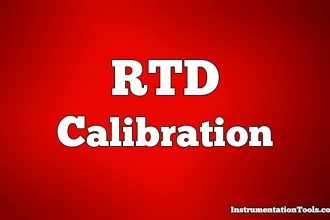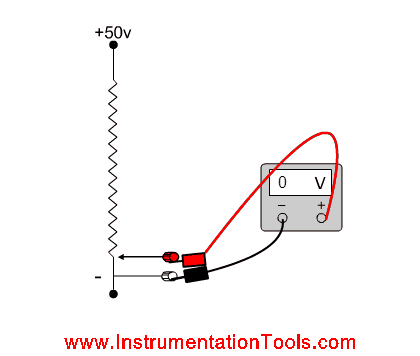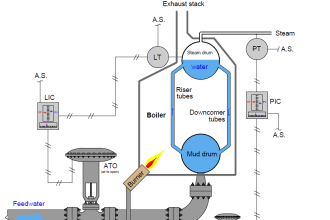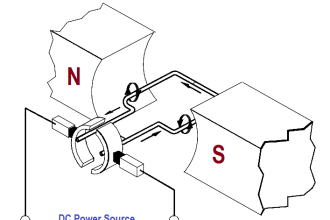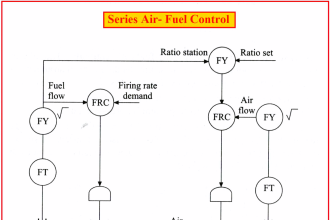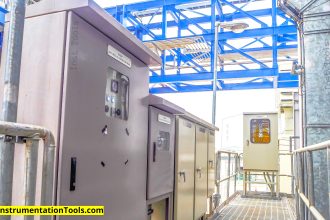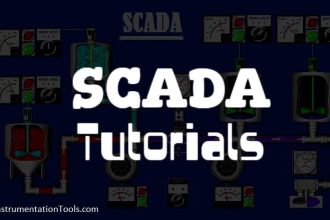Signal Reconstruction
1. Sampling can be done by:
a) Impulse train sampling
b) Natural sampling
c) Flat-top sampling
d) All of the mentioned
Answer: d
Explanation: Sampling is the process in which the continuous systems are sampled by the application of the zero order hold and can be done by all the three methods.
2. The first step required to convert analog signal to digital is :
a) Sampling
b) Holding
c) Reconstruction
d) Quantization
Answer: a
Explanation: Sampling is the process in which the continuous systems are sampled by the application of the zero order hold and is the first step in the conversion of analog to digital signals.
3. Sampling is necessary :
a) In complex control systems
b) Where high accuracy is required
c) Non automated control systems
d) Automated control system
Answer: b
Explanation: Sampling is the process where the continuous systems are converted into discrete time systems with the help of zero order hold of the signal and sampling is necessary where high accuracy is needed.
4. Sampled data technique is appropriate as:
a) For long distance data transmission
b) Pulses are transferred by little loss of accuracy
c) More than one channel of information is sequentially sampled and transmitted.
d) All of the mentioned
Answer: d
Explanation: Sampled data technique refers to the data which is sampled and is appropriate as for long distance communication, for accurate transmission and multi channel transmission.
5. Signal sampling reduces the power demand made on the signal.
a) True
b) False
Answer: a
Explanation: Signal sampling refers to the sampling of the signal and reduces the power demand that is the power required by the signal and is therefore helpful for signals of weak origin.
6. The use of sampled data control system are:
a) For using analog components as the part of the control loop
b) For time division of control components
c) Whenever a transmission channel forms a part of closed loop
d) None of the mentioned
Answer: c
Explanation: Sampled data control system is the system where the data used is sampled and is used whenever a transmission channel forms a part of closed loop system.
7. _______________ is a sampling pattern which is repeated periodically
a) Single order sampling
b) Multi order sampling
c) Zero order sampling
d) Unordered sampling
Answer: b
Explanation: Multi-order sampling is a sampling pattern in which the sampling is of different signals and which is repeated periodically.
8. For the successful reconstruction of signals :
a) Sampling frequency must be equal to the message signal
b) Sampling frequency must be greater to the message signal
c) Sampling frequency must be less to the message signal
d) Sampling frequency must be greater than or equal to the message signal
Answer: d
Explanation: Reconstruction of signals refers to the conversion of the discrete time signals into continuous tiem signals and for the succesful reconstruction of signals sampling frequency must be greater than or equal to the message signal but ideally it is always preferred to be greater.
9. The signal is reconstructed back with the help of
a) Zero order hold circuits
b) Extrapolations
c) Signal is reconstructed with zero order holds and extrapolations
d) Signal is not reconstructed
Answer: c
Explanation: The signal is reconstructed that is the process of converting the discrete time signals into the continuous time signals and this can be done with the help of hold circuits or extrapolations.
10. Aliasing is caused when:
a) Sampling frequency must be equal to the message signal
b) Sampling frequency must be greater to the message signal
c) Sampling frequency must be less to the message signal
d) Sampling frequency must be greater than or equal to the message signal
Answer: c
Explanation: Aliasing refers to the process when the discrete time signal is recontructed back then due to the error some part of the signal is lost and is caused when sampling frequency must be less than frequency of message signal.







